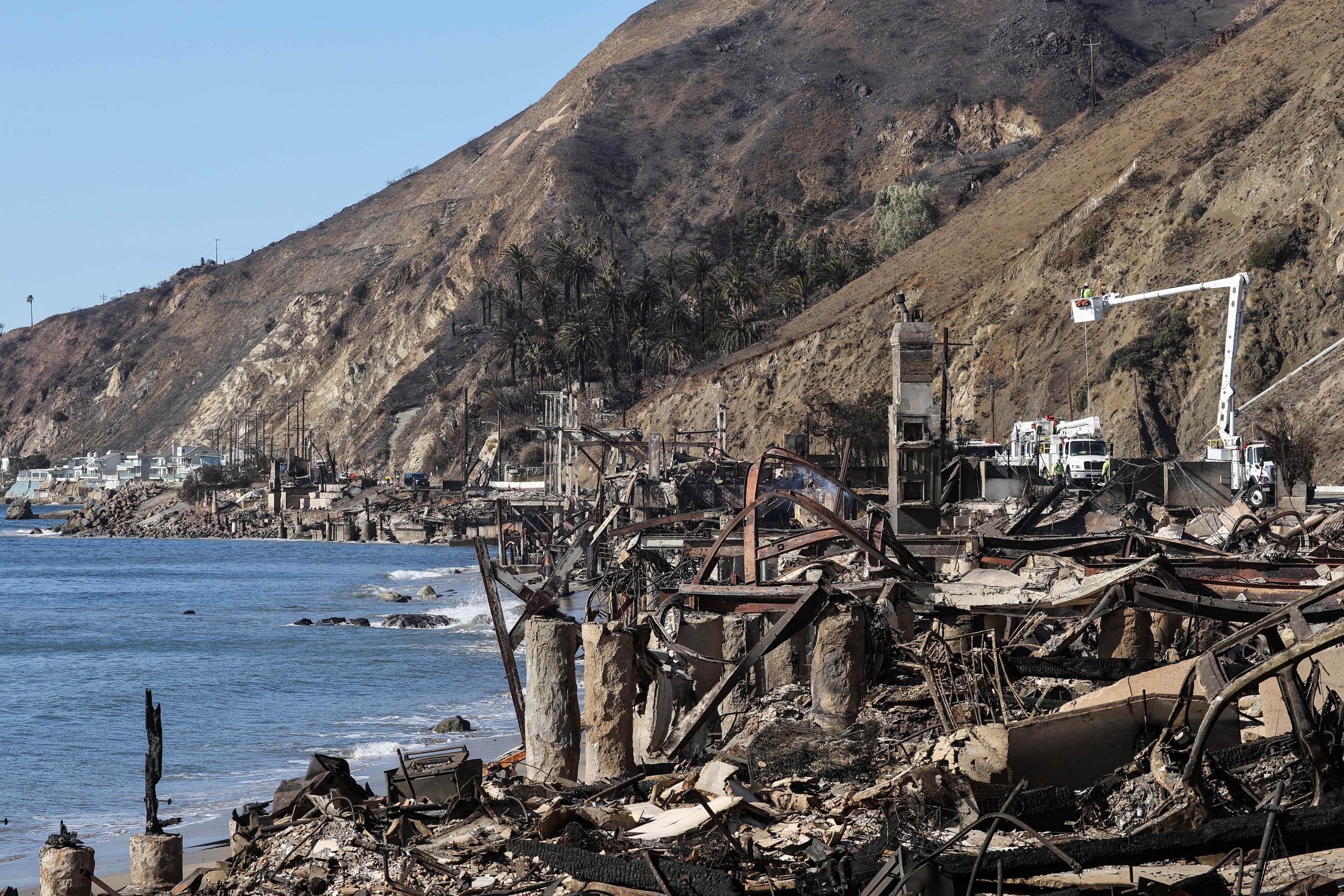What are the global economic effects of climate change?

Economic effects of climate change have been backed by a recent research
Image: A couple walks hand-in-hand through the snow in Exeter Street in the Back Bay during a winter blizzard in Boston, Massachusetts, United States February 15, 2015. REUTERS/Brian Snyder
Stay up to date:
Climate Crisis
Until recently, the usual thinking among macroeconomists has been that short-term weather fluctuations don’t matter much for economic activity downplaying the economic effects of climate change. Construction hiring may be stronger than usual in March when the weather is unseasonably mild, but there will be payback in April and May. If heavy rains discourage people from shopping in August, they will just spend more in September.
But recent economic research, bolstered by an exceptionally strong El Niño – a complex global climactic event marked by exceptionally warm Pacific Ocean water off the coast of Ecuador and Peru – has prompted a rethink of this view.
Economic effects of climate change
Extreme weather certainly throws a ringer into key short-term macroeconomic statistics. It can add or subtract 100,000 jobs to monthly US employment, the single most-watched economic statistic in the world, and generally thought to be one of the most accurate. The impact of El Niño-related weather events like the one this year (known more precisely as “El Niño Southern Oscillation” events) can be especially large because of their global reach.
Recent research from the International Monetary Fund suggests that countries such as Australia, India, Indonesia, Japan, and South Africa suffer adversely in El Niño years (often due to droughts), whereas some regions, including the United States, Canada, and Europe, can benefit. California, for example, which has been experiencing years of severe drought, is finally getting rain. Generally, but not always, El Niño events tend to be inflationary, in part because low crop yields lead to higher prices.
After two crazy winters in Boston, where I live, it would be hard to convince people that there are no economic effects of climate change. Last year, the city experienced the largest snow accumulation on record. Eventually, there was no longer any place to put it: four-lane highways narrowed to two lanes, and two-lane roads to one. Roofs collapsed and “ice dams” building up from gutters caused severe flooding. Public transport closed, and many people couldn’t get to their jobs. It was a slow-motion natural catastrophe that lasted for months.

The US as a whole did not have a winter as extreme as New England’s in the first part of 2015, and the country’s share of economic effects of climate change was subdued. True, New York City had some significant snowfalls; but no one would have paid much attention had the mayor been more competent in getting the streets plowed. Eastern Canada suffered much more, with severe winter weather playing a role (along with lower commodity prices) in the country’s mini-recession in the first half of the year.
This year’s winter is the polar opposite of last year’s. It was 68º Fahrenheit (20º Celsius) at Boston’s Logan Airport the day before Christmas, and the first speck of snow didn’t come until just before New Year’s Day. Trees and plants, sensing spring, started to blossom; birds were just as confused.
Last winter Boston was something of an anomaly. This year, thanks in part to El Niño, weird weather is the new normal. From Russia to Switzerland, temperatures have been elevated by 4-5º Celsius, and the weather patterns look set to remain highly unusual in 2016.
The effect on developing countries is of particular concern, because many are already reeling from the negative impact of China’s slowdown on commodity prices, and because drought conditions could lead to severe crop shortfalls. The last severe El Niño, in 1997-1998, which some called the “El Niño of the Century,” represented a huge setback for many developing countries.
The complexity of economic effects of climate change
The economic effects of El Niño events are almost as complex as the underlying weather phenomenon itself and therefore are difficult to predict. When we look back on 2016, however, it is quite possible that El Niño will be regarded as one of the major drivers of economic performance in many key countries, with Zimbabwe and South Africa facing drought and food crises, and Indonesia struggling with forest fires. In the American Midwest, there has lately been massive flooding.
There is a long history of weather having a profound impact on civil strife as well. Economist Emily Oster has argued that the biggest spikes in witch burnings in the Middle Ages, in which hundreds of thousands (mostly women) were killed, came during periods of economic deprivation and apparently weather-related food shortages. Some have traced the roots of the civil war in Syria to droughts that led to severe crop failure and forced a mass inflow of farmers to the cities.
On a more mundane level (but highly consequential economically), the warm weather in the US may very well cloud the job numbers the Federal Reserve uses in deciding when to raise interest rates. It is true that employment data are already seasonally adjusted to allow for normal weather differences in temperate zones; construction is always higher during spring than winter. But standard seasonal adjustments do not account for major weather deviations.
Overall, the evidence from past El Niños suggests that the current massive one is likely to leave a significant footprint on global growth, helping support economic recovery in the US and Europe, while putting even more pressure on already weak emerging markets. It is not yet global warming, but it is already very significant economic effects of climate change – and perhaps just a taste of what is to come.
Don't miss any update on this topic
Create a free account and access your personalized content collection with our latest publications and analyses.
License and Republishing
World Economic Forum articles may be republished in accordance with the Creative Commons Attribution-NonCommercial-NoDerivatives 4.0 International Public License, and in accordance with our Terms of Use.
The views expressed in this article are those of the author alone and not the World Economic Forum.
Forum Stories newsletter
Bringing you weekly curated insights and analysis on the global issues that matter.
More on Climate ActionSee all
Ekhosuehi Iyahen, Daniel Murphy and Andre Belelieu
August 27, 2025
Thomas Brostrøm and Sandeep Kashyap
August 26, 2025
Thomas Philipon
August 26, 2025
Lim Chow-Kiat
August 21, 2025
Tom Crowfoot
August 20, 2025






